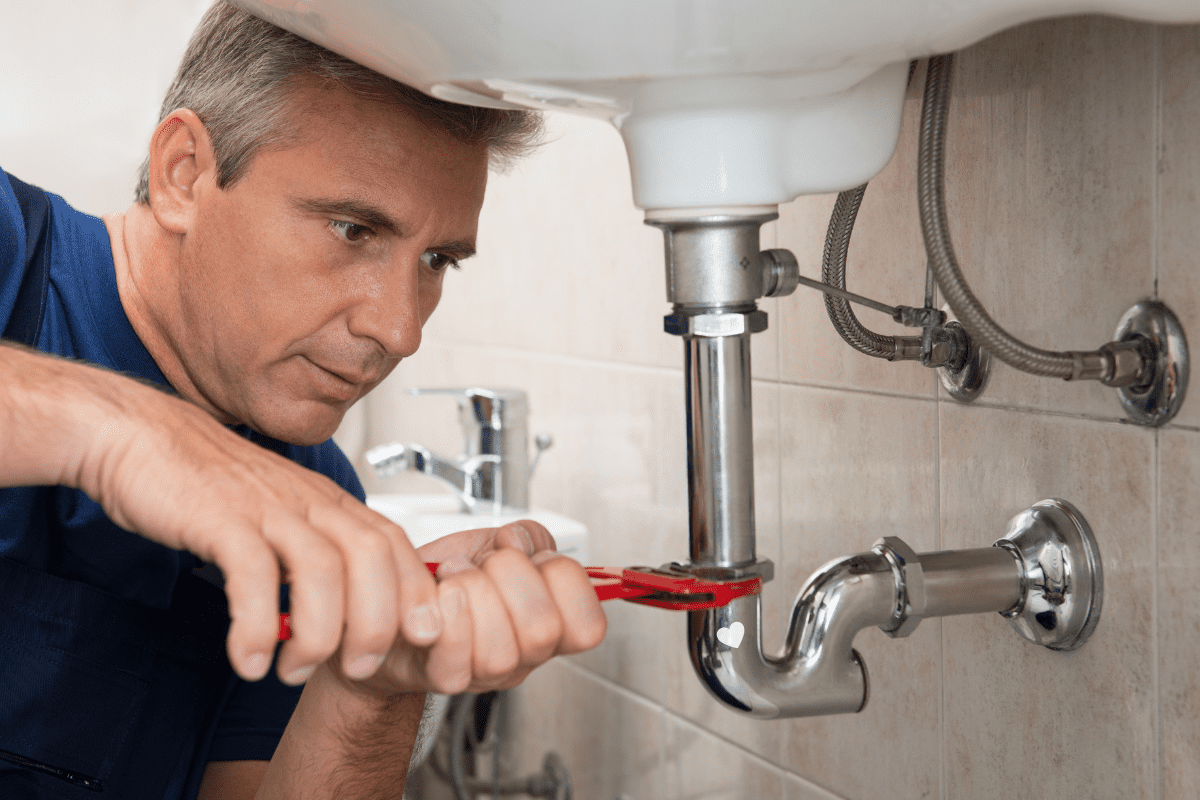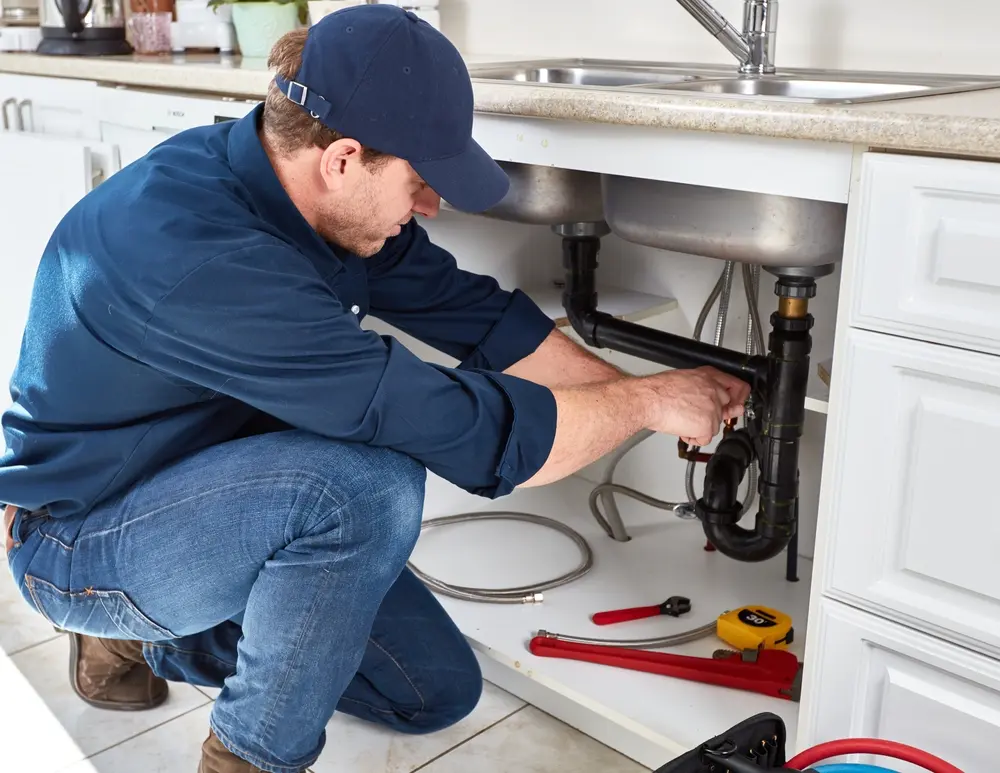Quick and Efficient Drain Cleaning Alabaster AL Services Available
Wiki Article
A Detailed Overview to Reliable Hot Water Heater Installment for Optimal Efficiency
Getting started on the job of mounting a water heater is an endeavor that requires precision and an organized technique for attaining optimum performance. As you continue, the complexities of connecting water supply lines and setting up dependable electric or gas connections await, promising insights right into guaranteeing effectiveness and integrity.Selecting the Right Hot Water Heater

Following, take into consideration the size and ability of the water heating unit. It's important to analyze your family's warm water requirements, which can vary based upon the variety of occupants and their use patterns. An unit that's too small might lead to inadequate hot water, while a large design could cause unneeded energy consumption.
Performance rankings additionally play an essential duty in selection. Try to find hot water heater with high Energy Variable (EF) ratings, suggesting exceptional efficiency and decreased energy usage. Tankless designs, though commonly extra expensive upfront, deal considerable energy financial savings gradually as a result of their on-demand home heating capabilities.
Preparing the Installation Location
Before setting up a brand-new hot water heater, careful prep work of the setup area is vital. This makes certain a smooth setup procedure and helps stop future issues (Plumber Alabaster AL). Begin by choosing a proper area that conforms with neighborhood building regulations and safety and security standards. The location should be completely dry, well-ventilated, and easily accessible for upkeep. It's critical to determine the space meticulously to fit the hot water heater's measurements, ensuring adequate clearance around the system for efficient procedure and maintenance.Inspect the floor for stability, as the water heater will need a strong, degree surface area to operate efficiently. If required, install a drip pan beneath the device to capture prospective leaks or spills, preventing water damage to the surrounding location.
Furthermore, make sure that all required tools and materials get on hand prior to beginning the installation. This includes things such as wrenches, screwdrivers, a degree, and any type of additional equipment needed for safeguarding the heating unit and mounting. A well-prepared installment location sets the structure for an effective hot water heater setup, maximizing performance and safety.
Connecting Water Lines
When linking supply of water lines to your freshly set up water heater, it is crucial to make certain that all links are secure and leak-free to preserve efficient procedure and avoid water damages. Begin by determining the cool and hot water lines. The chilly water inlet is generally noted with a blue label or a "C", while the warm water outlet is noted with a red label or an "H".Usage versatile water heating unit ports to help with a much easier installation process. Before connecting the ports, put a plumbing professional's tape around the threaded ends of the water heating system's inlet and outlet pipes.
When connections are in place, slowly turn on the main supply of water valve. Check each link for leaks by aesthetically checking and really feeling for dampness. Tighten up links as needed, and make sure the stress safety valve is correctly installed, safeguarding versus too much stress build-up.
Establishing Electrical or Gas Connections
Properly establishing the electric or gas connections for your water heating unit is a crucial step to make certain secure and efficient Learn More Here operation. For electrical hot water heater, begin by confirming that the electrical circuit works with the heater's voltage and amperage requirements. Guarantee the power supply is shut visit this site off at the circuit breaker to prevent crashes. Link the electrical cords to the heating unit following the manufacturer's circuitry representation. Usually, this includes connecting the ground cord to the eco-friendly terminal, and the remaining cables to their corresponding terminals, safeguarding each with cable nuts.For gas hot water heater, security is extremely important. Verify that the gas supply is off prior to proceeding. Attach the gas line to the hot water heater utilizing an adaptable gas connector, guaranteeing it is properly threaded and sealed with pipeline joint compound or Teflon tape appropriate for gas links. Tighten the connections with a wrench, taking treatment not to over-tighten (Plumbing Alabaster AL).
As soon as connections are made, inspect for any type of possible leaks. For gas lines, apply a soapy water option to the joints; bubbles show a leakage. For electrical connections, verify that all circuitry is secure and correctly protected, preserving conformity with regional electric codes.
Examining and Adjusting for Effectiveness
With the electrical and gas connections securely in position, the next action is assessing the operational efficiency of your water heater. Begin by carefully transforming on the water system and making sure there are no leakages at any of the valves or joints. Once validated, continue to fill up the storage tank, taking note of the pressure and temperature setups. It is suggested to establish the thermostat to a suggested temperature of around 120 ° F(49 ° C) to balance power performance and convenience.Next, perform a comprehensive assessment to make certain the burner or gas heaters are working correctly. For electrical heating units, utilize a multimeter to validate if the elements are attracting the suitable current. In gas designs, observe the burner fire; it ought to be consistent and blue, indicating reliable combustion.
Adjust the settings as necessary to get rid of inefficiencies. Think about implementing insulation procedures, such as adding a water heater covering, to additionally enhance performance by decreasing warmth loss. Additionally, inspect the anode pole's condition, as a deteriorated pole this article can decrease performance and lead to container corrosion.
Verdict
Effective water heating system setup is crucial for making certain optimum efficiency and power savings. Securely connecting water supply lines and carefully setting up electrical or gas links decrease possible concerns.
Appropriately establishing up the electric or gas links for your water heating system is an essential action to make certain efficient and safe procedure. For electrical water heating systems, begin by verifying that the electrical circuit is compatible with the heater's voltage and amperage requirements. Connect the gas line to the water heater utilizing an adaptable gas adapter, guaranteeing it is effectively threaded and secured with pipe joint compound or Teflon tape appropriate for gas connections.
Report this wiki page